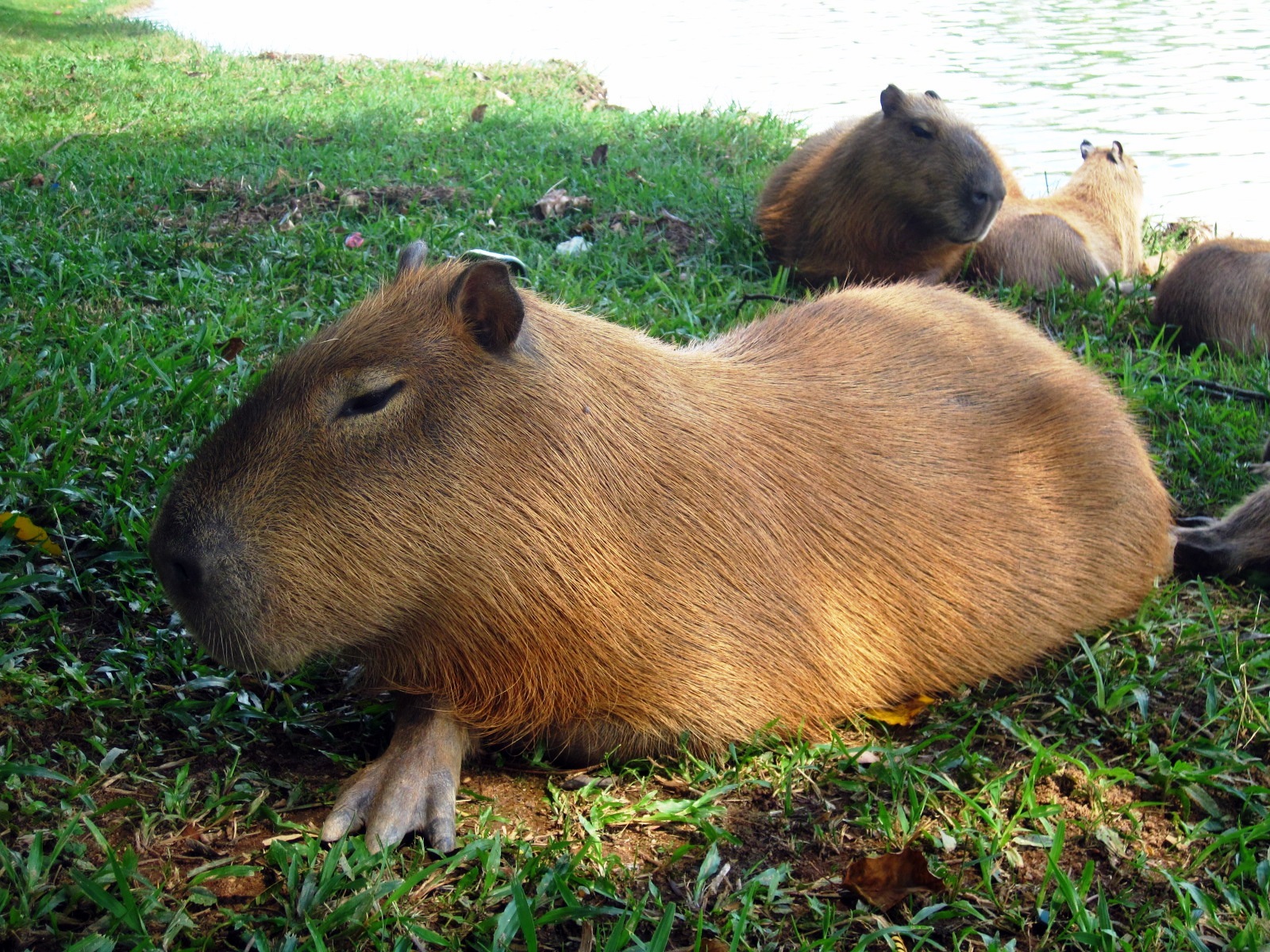|
Mangrove Kingfisher
The mangrove kingfisher (''Halcyon senegaloides'') is a kingfisher in the genus '' Halcyon''. It is similar in appearance to the woodland kingfisher. It is found along the eastern coastline of Sub-Saharan Africa, living in woodland, along rivers, and in estuaries and mangrove. The International Union for Conservation of Nature (IUCN) has assessed it as being of least concern. Taxonomy This species was described by Andrew Smith in 1834, using a specimen collected around Port Natal (now Durban). It is a close relative of the woodland kingfisher (''Halcyon senegalensis''). The mangrove kingfisher is a monotypic species. Northern populations are sometimes separated as subspecies ''ranivorus'', but the differences do not appear to be large enough. Description The mangrove kingfisher is about long. The male and female are alike. The head is dark grey-brown, with black lores and a narrow white line above the eye, and the cheeks and sides of the neck are brown-grey. The grey breast ... [...More Info...] [...Related Items...] OR: [Wikipedia] [Google] [Baidu] |
Saadani National Park
Saadani National Park is Tanzania's 13th national park and has an area of . It was officially gazetted in 2005 and is managed under the Tanzania National Parks Authority. The park is located administratively in southeast Pangani District of Tanga Region and northeast Chalinze District of Pwani Region. History Gazetted in 2005, it encompasses a preserved ecosystem including the former Saadani game reserve, the former Mkwaja ranch area, the Wami River as well as the Zaraninge Forest. In the late 1960s Saadani Village – the village after which the park has been named – and particularly its sub-village Uvinje, invited the Tanzania Wildlife Division (WD) to help them to prevent the indiscriminate killing of wildlife prevalent in the area. From this partnership Saadani village and the Wildlife Division established the Saadani Game Reserve (SGR), with the agreement to respect the land rights of the coastal sub-villages of Saadani, including Uvinje and Porokanya sub-villages, ... [...More Info...] [...Related Items...] OR: [Wikipedia] [Google] [Baidu] |
Juvenile (organism)
A juvenile is an individual organism that has not yet reached its adult form, sexual maturity or size. Juveniles can look very different from the adult form, particularly in colour, and may not fill the same niche as the adult form. In many organisms the juvenile has a different name from the adult (see List of animal names). Some organisms reach sexual maturity in a short metamorphosis, such as eclosion in many insects. For others, the transition from juvenile to fully mature is a more prolonged process—puberty in humans and other species, for example. In such cases, juveniles during this transformation are sometimes called subadults. Many invertebrates, on reaching the adult stage, are fully mature and their development and growth stops. Their juveniles are larvae or nymphs. In vertebrates and some invertebrates (e.g. spiders), larval forms (e.g. tadpoles) are usually considered a development stage of their own, and "juvenile" refers to a post-larval stage that is no ... [...More Info...] [...Related Items...] OR: [Wikipedia] [Google] [Baidu] |
Birds Of East Africa
Birds are a group of warm-blooded vertebrates constituting the class Aves (), characterised by feathers, toothless beaked jaws, the laying of hard-shelled eggs, a high metabolic rate, a four-chambered heart, and a strong yet lightweight skeleton. Birds live worldwide and range in size from the bee hummingbird to the ostrich. There are about ten thousand living species, more than half of which are passerine, or "perching" birds. Birds have whose development varies according to species; the only known groups without wings are the extinct moa and elephant birds. Wings, which are modified forelimbs, gave birds the ability to fly, although further evolution has led to the loss of flight in some birds, including ratites, penguins, and diverse endemic island species. The digestive and respiratory systems of birds are also uniquely adapted for flight. Some bird species of aquatic environments, particularly seabirds and some waterbirds, have further evolved for swimming. ... [...More Info...] [...Related Items...] OR: [Wikipedia] [Google] [Baidu] |
Least-concern Species
A least-concern species is a species that has been categorized by the International Union for Conservation of Nature (IUCN) as evaluated as not being a focus of species conservation because the specific species is still plentiful in the wild. They do not qualify as threatened, near threatened, or (before 2001) conservation dependent. Species cannot be assigned the "Least Concern" category unless they have had their population status evaluated. That is, adequate information is needed to make a direct, or indirect, assessment of its risk of extinction based on its distribution or population status. Evaluation Since 2001 the category has had the abbreviation "LC", following the IUCN 2001 Categories & Criteria (version 3.1). Before 2001 "least concern" was a subcategory of the "Lower Risk" category and assigned the code "LR/lc" or lc. Around 20% of least concern taxa (3261 of 15636) in the IUCN database still use the code "LR/lc", which indicates they have not been re-evalu ... [...More Info...] [...Related Items...] OR: [Wikipedia] [Google] [Baidu] |
Habitat Loss
Habitat destruction (also termed habitat loss and habitat reduction) is the process by which a natural habitat becomes incapable of supporting its native species. The organisms that previously inhabited the site are displaced or dead, thereby reducing biodiversity and species abundance. Habitat destruction is the leading cause of biodiversity loss. Fragmentation and loss of habitat have become one of the most important topics of research in ecology as they are major threats to the survival of endangered species. Activities such as harvesting natural resources, industrial production and urbanization are human contributions to habitat destruction. Pressure from agriculture is the principal human cause. Some others include mining, logging, trawling, and urban sprawl. Habitat destruction is currently considered the primary cause of species extinction worldwide. Environmental factors can contribute to habitat destruction more indirectly. Geological processes, climate change, ... [...More Info...] [...Related Items...] OR: [Wikipedia] [Google] [Baidu] |


.jpg)

